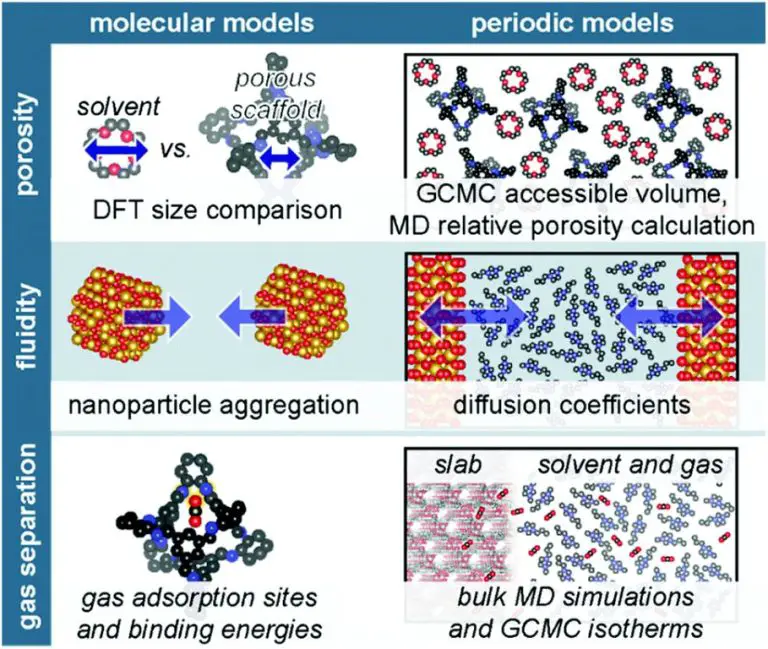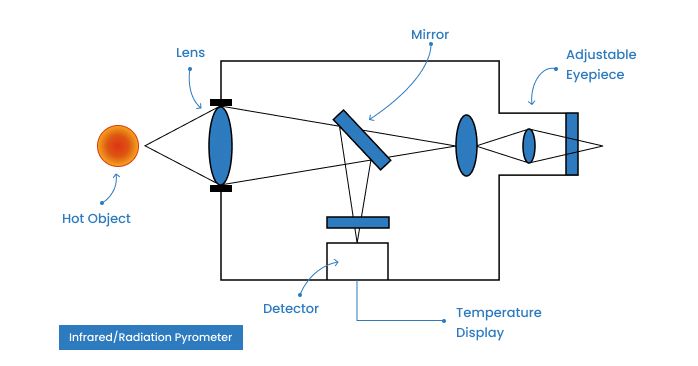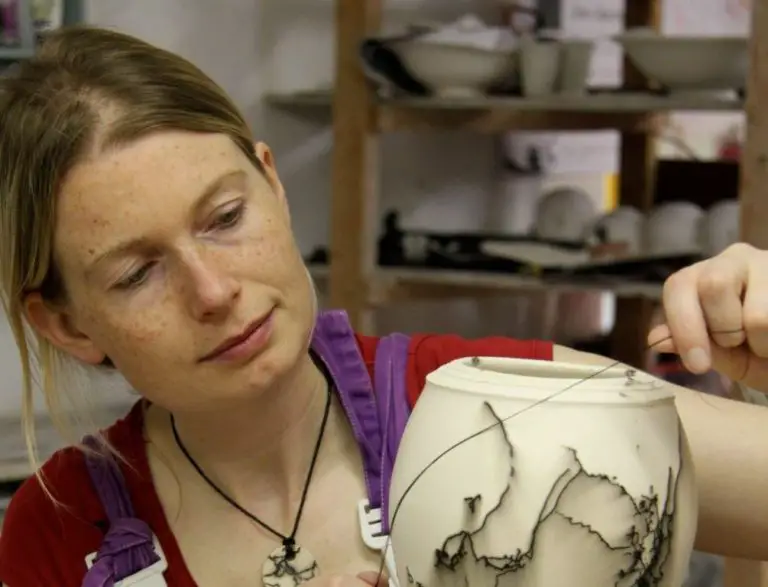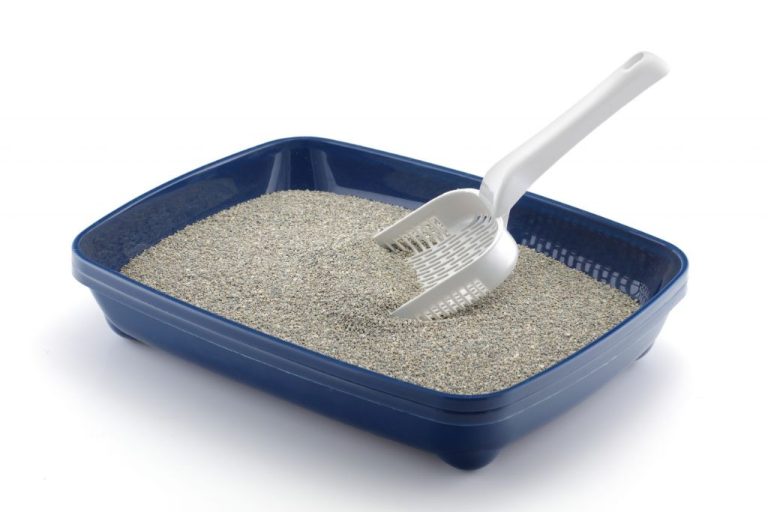When Can I Use Stroke And Coat?
What is Stroke and Coat Painting?
Stroke and coat painting is a decorative ceramic painting technique that involves applying specialized vitreous paints onto bisqueware pottery before glazing and firing. The stroke and coat paints create a matte finish and are absorbed into the bisque during firing, so they become permanent under a transparent glaze.
The technique was developed in the 1980s by the Mayco Colors company as a simplified alternative to underglazing. It allowed ceramic artists to decorate bisqueware in a single firing using specially formulated paints. The stroke and coat paints can be used to create designs, patterns, or images on pottery with a smooth matte finish.
Stroke and coat painting requires few materials. The main supplies needed are bisqueware pottery, stroke and coat paints, paint brushes, and a clear glaze. Optional tools include sponges, rubber stamps, stencils, or resists for creating patterns and textures. Once painted, the bisqueware is fired to cone 06-04 to permanently fuse the paints before applying a transparent glaze and firing again.
Benefits of Stroke and Coat
Stroke and Coat glazes offer several advantages over traditional painting techniques (https://www.maycocolors.com/color/fired/stroke-coat/):
First, the bold, graphic styles possible with Stroke and Coat allow painters to create visually striking works. The intense colors and ability to develop textures open up new creative possibilities.
Second, Stroke and Coat glazes help create dimension and texture. By layering colors and using different application techniques, artists can add visual depth and interest to their pieces.
Finally, Stroke and Coat glazes cover large canvas areas quickly compared to traditional painting. Their high intensity pigments and fluid consistency make them ideal for rapidly developing backgrounds and bold areas of color.
When to Use Stroke and Coat
Stroke and coat painting is an ideal technique for certain styles and effects. Here are some of the main situations when stroke and coat really shines:
- For abstract art – The thick, fluid nature of stroke and coat glazes lends itself beautifully to abstract expressionist styles. You can layer the glazes to create depth and texture. According to the Stroke and Coat Application Guide, this technique provides a dramatic way to use glazes.
- When wanting a graphic, poster-like style – Stroke and coat can be used to paint bold, graphic designs that have a poster or acrylic feel as noted by Mayco Colors. The opaque nature of the glazes allows you to paint crisp defined lines.
- For filling in large background areas – The thick viscosity of stroke and coat makes it ideal for quickly filling in large areas with solid coats of color. Rather than needing multiple layers of a thinner glaze, stroke and coat can provide opaque coverage in just one or two coats.
In summary, stroke and coat excels when you want high impact, graphic results with dense layers of color and striking designs.
Preparing the Canvas
The first step in stroke and coat painting is preparing your canvas. It’s important to start with a high-quality, tightly woven canvas that won’t warp or sag when painted on. Cotton duck or linen canvases are good choices. Choose a size and proportion that suits your planned composition.
Before painting, the canvas must be primed with acrylic gesso to provide a uniform, slightly textured surface for the paint to adhere to. This crucial step helps prevent the canvas from absorbing too much pigment. Apply 2-3 coats of gesso with a wide brush, allowing each layer to fully dry before adding the next. Lightly sand between coats to promote adhesion. For more info, see this video guide on priming canvas: [1]
Some artists also apply a tinted acrylic base layer, known as an imprimatura, which can subtly influence the tones and colors of the painting. But this is optional for the stroke and coat technique. Once primed and/or base coated, the canvas will be ready for painting.
[1] https://www.youtube.com/watch?v=6hHe19l0lu0
Selecting Paints
When selecting paints for the stroke and coat technique, you have two main options – acrylics or oils. Acrylics are water-based, making them easier to clean up and typically faster drying. However, oils produce richer, more vibrant colors and blend more smoothly. Oils also allow for more open working time. Ultimately, the choice comes down to personal preference.
You’ll also need to decide between heavy body and fluid/liquid paints. Heavy body paints have a thick, buttery consistency great for retaining brush strokes and texture. Fluids have a thinner viscosity that creates smooth washes of color. Using a mix of both creates visual interest. Lean towards heavier paints for the base stroke layers, and add accents with fluid paints.
When choosing colors, opt for a balanced palette with a range of hues from warm to cool. Include some deep, saturated tones along with soft neutrals. Using too many bold colors can look chaotic. Start with 5-6 key colors, then mix and layer for added complexity. Planning a simple color scheme beforehand helps maintain harmony. Black and white are useful for adjusting other hues. Metallics add shimmering accents.
Brushes for Stroke and Coat
Selecting the right brushes is key for achieving the layered, textural look of stroke and coat painting. Here are some tips on which brushes work best:
Types of Brushes
Use bristle brushes for stroke and coat painting. Bristle brushes hold more paint and provide better control compared to synthetic brushes. Natural bristle brushes are ideal, but synthetic blends work as well.
Brush Sizes
Have a range of brush sizes on hand from small to large. Use smaller brushes for details and thinner strokes. Larger brushes work well for broad strokes and washes of color. A set with sizes ranging from a #2 round up to a 2-inch wide brush provides versatility.
Brush Shapes
Round and flat brushes tend to be the most useful for stroke and coat painting. Round brushes can create both broad and narrow strokes. Flat brushes work well for bold strokes. Filbert and bright brushes also provide good options for textured strokes. Avoid fan or angular brushes.
Painting Techniques
Stroke and coat painting requires some unique techniques to achieve the signature layered, textured look.
When loading the brush, dip just the tip into the glaze so you pick up a small amount. Too much glaze will make controlling the strokes more difficult. Use a dabbing motion to load paint into the bristles.
There are many different stroke styles to experiment with. Long, bold brushstrokes create dramatic effects. Short, choppy strokes have a more abstract look. You can use different angles – vertical, horizontal, or diagonal strokes. Circular and curved strokes are also popular.
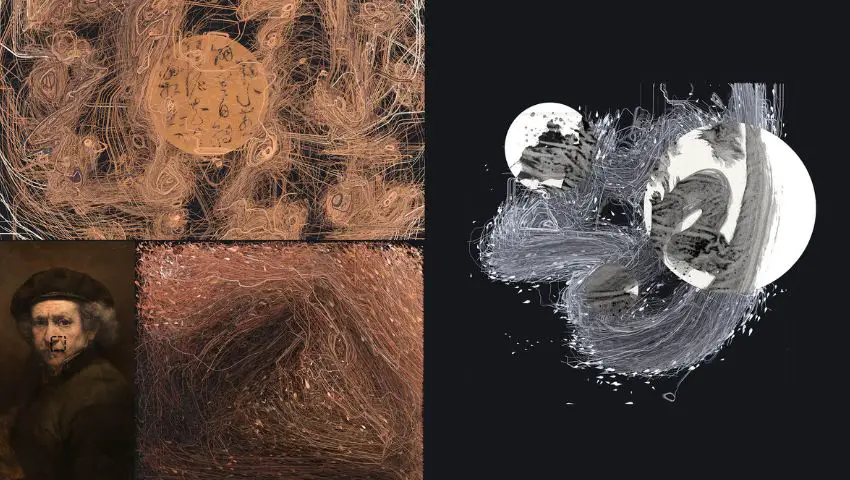
Building up layers is key in stroke and coat painting. Start with long strokes using one color. Let it dry completely before adding another layer in a different color using a different stroke technique. The layers on top interact with the colors underneath, creating depth and texture. Slowly develop the painting up over multiple layers.
Get creative with your brushstrokes and don’t be afraid to layer colors over each other. The possibilities are endless with stroke and coat!
Composition and Style
Planning the composition is an important first step when using the stroke and coat technique. Think about the placement of elements and how to lead the viewer’s eye through the piece. Using contrast, repetition of shapes, or varied brush strokes can create visual flow and interest.
It’s also key to develop a cohesive graphic style for your stroke and coat painting. This gives the work a distinct look and helps unify disparate elements. Some options include expressive brushwork, geometric shapes, minimalist color schemes, bold outlines, patterns and textures. Warm Glass recommends doing studies on paper first to nail down your style.
Additionally, planning transitions between colors, alternating thick and thin strokes, and varying the directions of brushwork creates dynamism. Leave some areas of bare clay for negative space. A thoughtful composition and graphic style elevates a stroke and coat piece from craft to art.
Common Mistakes to Avoid
When learning any new painting technique, beginners are bound to make some mistakes. Being aware of the most common errors can help avoid setbacks and disappointment. Here are some of the top mistakes to watch out for with stroke and coat painting:
Insufficient paint load – Not putting enough paint on your brush or roller can result in streaky, uneven coverage. It’s important to fully load your tools before applying paint to the canvas. Insufficient paint load often happens when painters try to stretch out paint too far. Be generous with paint quantities for the smoothest finish.
Overblending colors – While some blending between strokes is desired for a cohesive look, overblending can cause colors to become muddy. Allow some visible brushstrokes and variations in tones for visual interest. Define areas with crisp edges when appropriate.
Canvas not properly prepped – For the paint to adhere well, the canvas surface needs to be properly primed and prepared. Skipping steps like sanding or applying gesso can cause paint to peel or flake off over time. Follow prep instructions closely before starting to paint. Proper surface prep helps paint bind securely to the canvas.
Sample Artworks
Stroke and coat technique allows artists to create beautiful designs on ceramic pieces. Here are some examples of stunning artworks made using this method:
This vase combines elegant black strokes with vibrant red and blue colors for a striking abstract look (source). The artist used thick strokes for the outlines and thinner strokes to fill in shapes. Contrasting matte and glossy finishes add visual interest.
This bowl has a softer look with curved floral shapes in shades of blue (source). Gentle strokes blend the colors smoothly. A combination of dots, strokes and glossy coat brings depth.
On this mug, short choppy strokes in reds, oranges and yellows give a fun graffiti vibe (source). The white base peeking through adds highlights. Thick black outline unifies the abstract design.
Analyzing these pieces shows how stroke and coat can create versatile looks from bold abstract to soft floral. Strategic use of stroke thickness, color combinations, textures and negative space result in stunning designs. With practice and experimentation, ceramic artists can develop their own signature stroke and coat style.

